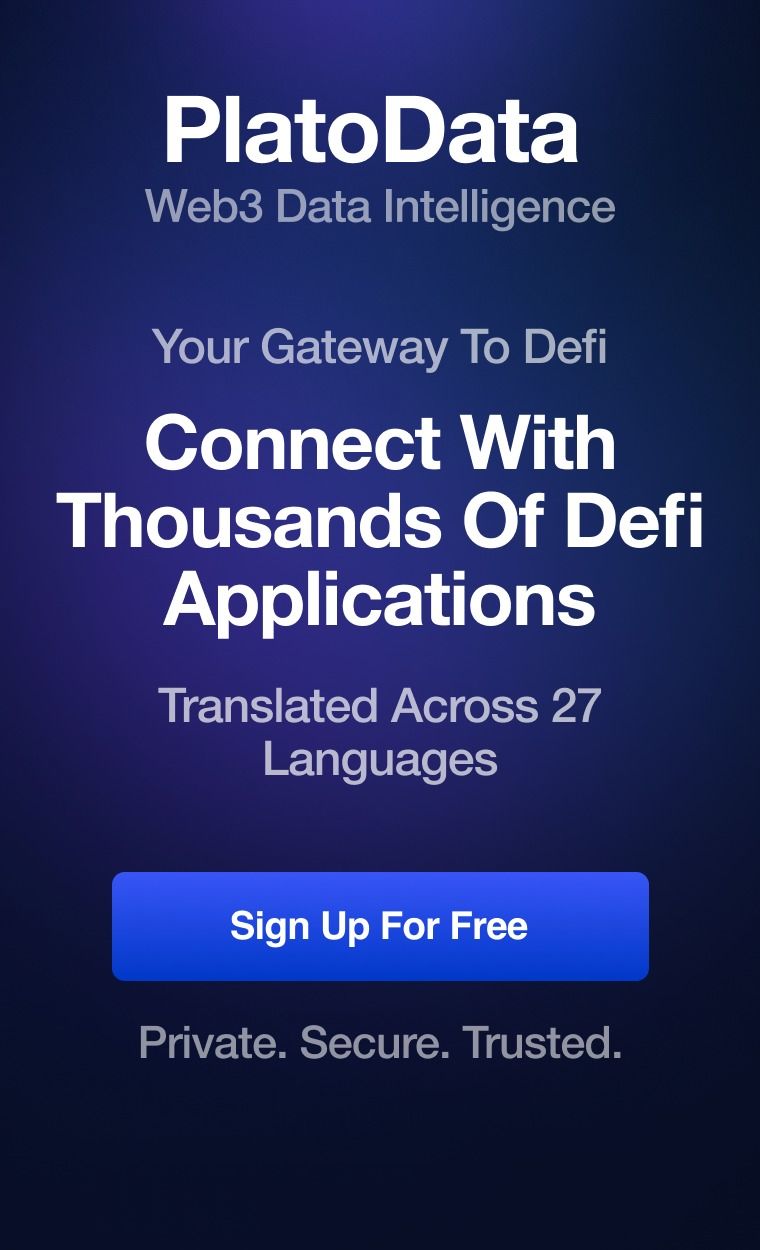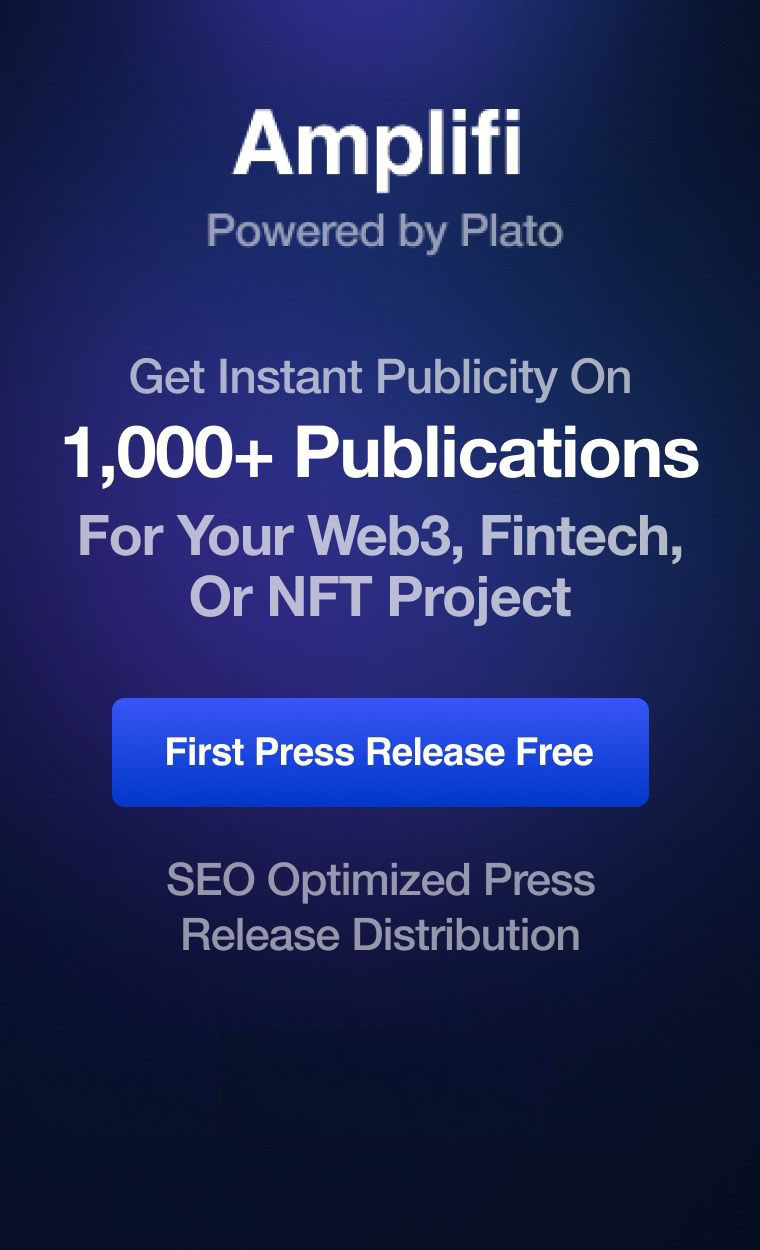Have you heard about yield farming?
If not, then you should definitely check it out, as it is one of the hottest ways to earn a passive income with crypto right now.
But how much can you realistically earn with yield farming in 2021?
In this article, we will find an answer to the above question by calculating the potential profits at multiple providers, as well as introducing you to the basics of yield farming.
What Is Yield Farming?
Yield farming is a trending yet very new method to earn cryptocurrency that has appeared with the DeFi industry’s rise. Yield farming or liquidity mining refers to the practice of using complex strategies to lend, stake, and hold digital assets across multiple cryptocurrency or DeFi protocols.
As part of the strategy, farmers contribute liquidity to a project’s pool via lending or staking cryptocurrency to earn rewards.
In addition to the rewards, many DeFi protocols issue tokens representing the users’ share in the liquidity pool, which they can move to other platforms to increase their potential gains.
Based on the strategy’s complexity, the number of coins involved in yield farming can range from one token to multiple (often 7-8) different cryptocurrencies.
However, as a rule of thumb, the more (non-stablecoin) digital assets and protocols a strategy uses for yield farming, the more risks liquidity providers face.
To minimize risks and maximize potential gains, yield farmers have to possess at least a basic knowledge about cryptocurrencies and the actual strategy they use to make profits.
With that said, yield farming has a very high earning potential.
And this is the exact reason why it has become so popular in the cryptocurrency industry.
How yield farming works?
As mentioned above, yield farming is a new role in decentralized finance applications that contributes to required liquidity in DeFi platforms. It provides trustless opportunities for crypto holders to make passive income and returns by lending their holdings via smart contracts. Generally, when someone talks about passive income, its amount hardly achieves 5% or maximum 10% in lending and staking platforms. However, in yield farming, this return is maximized and investors are allowed to use strategies to make more than 50% return per year. As we mentioned earlier, this return is passive and investors can achieve it regardless market conditions and price performance.
Liquidity Pools
To understand the process of yield farming, we should have a clear idea about its background concepts such as liquidity pools, which are smart contracts to provide required liquidity of decentralized applications. Liquidity pools require liquidity provider users to function properly. These pools are used in different platforms to provide required liquidity in various cryptocurrencies. Liquidity providers can stake their holdings in liquidity pools to receive rewards that are generated by the underlying DeFi platform.
These funds are used by decentralized applications such as decentralized exchanges and instant exchanges which provide required liquidity to conduct exchange transactions. Some strategies involve investing rewarded funds in other liquidity pools to provide more profits. In a relatively fast time some complicated strategies were developed for yield farming to maximize its returns.
Since this type of investment or farming works using smart contracts, it provides great opportunities for crypto holders to make income passively with their holdings. This type of investment provides chances that could be considered risk-free, because everything in this process takes place according to smart contracts, which are trustless procedures.
However, providing liquidity for DeFi applications could return various amounts of profits or rewards. To calculate the highest returns that various farming platforms offer, the concept of total value locked (TVL) is introduced which could be used to evaluate the return of different DeFi platforms.
How Total Value Locked (TVL) is calculated?
TVL or total value locked is a new concept that represents the overall health of yield farming platforms. It simply tracks the total value of cryptocurrencies locked in these smart contracts in various platforms to provide an overall overview of their performance. This concept works similar to the total cap of different cryptocurrencies but its goal is to track total value locked in DeFi applications.
It is an effective measure to compare market share of different DeFi platforms and protocols that provide liquidity for these ecosystems. DeFi Pulse is a platform devoted to tracking the performance of these protocols in terms of TVL. It should be noted one of the most useful cryptocurrencies to invest in these activities is Ethereum, because many DeFi platforms are created and built using the Ethereum ecosystem.
However, the simple usage of TVL is to track the capacity of a certain platform and cryptocurrency. TVL could also be tracked according to a certain cryptocurrency, for example to track TVL in ETH, USD, or BTC. These calculations represent an overall insight of total value locked in these cryptocurrencies.
How to calculate yield farming returns?
Typically, the profitability of yield farming is calculated annually, which means total return in a year is calculated to measure a platform’s profits rates. To track performance of DeFi platform, two different classic measures are used:
- Annual Percentage Rate (APR)
- Annual Percentrage Yield (APY)
Both of these measures track the returns of a certain asset in financial markets, but APY could also be used to track compounding. Compounding simply includes reinvesting the return of an investment in another investment, which results in more profits or returns.
Since yield farming utilizes smart contracts, reinvesting of profits or returns of an investment occurs in it more frequently than other markets. Several complicated trading strategies are developed for this purpose that include several exchanges and reinvestments to maximize an investor’s possible profits.
However, it should be noted this type of investment is a technical process in which solid trading strategies are deployed. It is a competitive market in which traders try to apply their secret strategies to increase their annual profits. As we mentioned earlier, while simple staking procedures could be used to provide up to 10% return annually, yield farmers can use complicated trading strategies to provide more than 50% annually.
Risks of Yield Farming
While compared to other types of income, yield farming maximises the profits of particular investors who own larger amounts of cryptocurrencies by lending their funds to DeFi projects. However, unlike staking and many other types of passive incomes, this type of trading is highly technical and requires a deep understanding of DeFi procedures.
This type of investment also requires adequate knowledge about smart contracts, their values and programming methods, which directly are used in it. That means beginners and users who are coming into the crypto market can not use this type of investment because they don’t have required technical knowledge.
Nominex Yield Farming to avoid risks
However, to take advantage of this type of farming, several services are introduced that could be used by investors to make some high profits using their holdings. In the following sections, you can evaluate various profit and return rates offered by different trading platforms and DeFi projects. Some of these projects like Nominex try to maximize the profits of investors by applying exclusive trading strategies on their funds. As you will see in the next section, these services can be used to provide more than 50% return annually.
The only thing investors require to participate in such investments is cryptocurrency holdings. With a large investment involving more than $10,000 worth cryptocurrency, it is possible to earn up to more than 50% annually, which is an interesting rate for passive investment. So if you want to start yield farming but don’t know how to start, you can head off Nominex and participate in its farming service. That’s a great opportunity for beginners as they don’t require to involve various types of programming smart contracts and appropriating different values for multiple automatic exchanges.
How Much Can You Earn With Yield Farming in 2021
In this section, we take a look at three cryptocurrency projects to calculate how much we can potentially earn with yield farming on each in 2021.
We will analyze yield farming profits on the DeFi protocols Curve Finance and Sushiswap, as well as with team farming on the crypto trading platform Nominex.
For Curve Finance and Sushiswap, we will take the most profitable strategies from CoinMarketCap, and use the data on the website to calculate yield farming rewards for a $10,000 investment throughout 365 days.
On the other hand, as yield farming works a bit differently on Nominex, we will use the crypto trading platform’s information to calculate our rewards (for the same period and amount of investment).
Curve Finance and Sushiswap
According to CoinMarketCap, we can make the most potential rewards with:
- The sUSD strategy that involves four stablecoins (DAI, USDC, USDT, sUSD) with a yearly APY of 13.06% on Curve Finance
- The YFI Whale strategy that includes two coins (YFI, ETH) with a yearly APY of 55.34% on Sushiswap
Based on the above data, we could earn the following on Curve and Sushiswap with a $10,000 investment throughout 365 days with yield farming:
| Curve Finance | Sushiswap | |
| Strategy APY | 13.06% | 55.34% |
| Total profits (365 days) | $1,306 | $5,534 |
| ROI (365 days) | 13.06% | 55.34% |
As you can see in the table above, both Curve and Sushiswap provide decent returns for farmers, with the latter DeFi platform featuring over four times better rates than the prior.
Nominex
Now let’s see how yield farming works on Nominex.
On Nominex, yield farming involves USDT as well as the native NMX cryptocurrency of the platform and consists of two elements: personal staking and team farming.
While personal staking provides returns on the coins users have individually contributed to Nominex’s pools, they can earn an additional income from the staking activity of their direct referrals with team farming.
To get started with yield farming on Nominex, users have to first contribute both NMX and USDT tokens into the project’s liquidity pools.
After that, users will get NMX-LP tokens that represent their share in the liquidity pool. To earn rewards from team farming and personal staking, customers can move the NMX-LP tokens they received to Nominex’s staking pools.
We have to take the following into account to calculate yield farming rewards on Nominex:
- No matter how many users are staking coins on Nominex, the total NMX that can be distributed each day to farmers is fixed at 10,000 NMX.
- For yield farming on Nominex, users have to contribute both NMX and USDT tokens into the liquidity pool, which will get converted into NMX-LP tokens. For now, let’s the current NMX price of 2.137 USDT for our calculation, which we expect to remain fixed throughout the period in which we farm tokens on Nominex.
- Since 1 NMX equals 2.137 USDT, we will stake 2,340 NMX and 5,000 USDT for one year with a $10,000 investment. Let’s say you get 1 NMX-LP token for every 100 USDT and 46.8 NMX supplied to the liquidity pool. As a result, we get 50 NMX-LP tokens, which we will move to Nominex’s staking pools to earn rewards.
- Nominex rewards users who stake tokens for longer periods, increasing their share in the pool. Since we are providing liquidity for 365 days, our share is multiplied by 2.2. As a result, our slice in the pool will increase from 50 NMX-LP to 110 NMX-LP.
- Users also receive a team farming boost when reaching higher partner levels by contributing more tokens to Nominex’s pools. Since we stake 10,000 USDT worth of coins, we will have the MAX status, which provides us an increase of 100% to our share in the pool. For that reason, our 110 NMX-LP slice is multiplied by 2, equaling 220 NMX-LP.
- To calculate our share in the pool, we have to take into account the total NMX-LP users stake on Nominex each day. Let’s say that 5,000 people stake 3 NMX-LP each day for 365 days. Since they are staking tokens for 365 days, their share increases to 6.6 NMX-LP (3 NMX-LP x 2.2). Also, for staking 600 USDT worth of coins (300 USDT and 140.4 NMX), each user reaches the PRO status that boosts their portion in the pool by 20%. For that reason, their share is increased to 7.92 NMX-LP (6.6 NMX-LP x 1.2). The total slice of the 5,000 users equals 39,600 NMX-LP each day.
- If we add our share, the total NMX-LP staked each day equals 39,820 NMX-LP, in which we have a 0.5525% slice.
- Since we have the MAX status, we will receive 20% of our direct referrals’ staking rewards with team farming. Let’s say we have 100 direct referrals who are staking 3 NMX-LP (300 USDT and 140.4 NMX) each day for 365 days like the other users, so each of them has a 7.92 NMX-LP share. To make things easier, our direct referrals are included in the 5,000 people who stake NMX each day, so we don’t have to increase the total number of staked coins to calculate the rewards.
Based on the above data, we can calculate our rewards for both personal staking and team farming on Nominex.
You can find our calculation in the table below:
| Nominex Yield Farming Rewards | |
| Total NMX-LP staked each day by us, direct referrals, and other users | 39,820 NMX-LP |
| Our NMX-LP share each day | 220 NMX-LP |
| Our daily NMX-LP share (percentage) | 0.5525% |
| Total NMX distributed to farmers each day | 10,000 NMX |
| Personal staking rewards (daily) | 55.25 NMX |
| Personal staking rewards (365 days) | 20,166 NMX |
| Total staked NMX-LP share of 100 direct referrals | 792 NMX-LP |
| Direct referral staking rewards (daily) | 199 NMX |
| Direct referral staking rewards (yearly) | 72,635 NMX |
| Daily team farming rewards from direct referrals (20%) | 39.8 NMX |
| Yearly team farming rewards from direct referrals (20%) | 14,527 NMX |
| Total yield farming rewards (365 days) | 34,693 NMX |
| 365-day yield farming rewards (USDT) | 74,139 USDT |
| Total ROI | 641.39% |
Generate an Excellent Passive Income with Yield Farming
As you can see, we have earned 74,139 USDT worth of NMX coins with yield farming on Nominex, making nearly 6,200 USDT each month and a total ROI of over 640%.
While Sushiswap and Curve provided decent returns to farmers, the rewards are over 13 times higher on Nominex, allowing users to generate an excellent passive income on their staked NMX-LP tokens.
If you are interested in yield farming on Nominex, we recommend checking out the following page to get some NMX tokens for staking.
The presented content may include the personal opinion of
the author and is subject to market condition.
Do your market research before investing in cryptocurrencies.
The author or the publication does not hold any responsibility
for your personal financial loss.
I am an entrepreneur and a writer with a bachelors degree in Computer Science. I manage the blockchain technology and crypto coverages at Coingape. follow me on Twitter at @arya_achal or reach out to me at achal[at]coingape.com.
Checkout PrimeXBT
Trade with the Official CFD Partners of AC Milan
Source: https://coingape.com/how-to-earn-a-passive-income-with-yield-farming-in-2021/




Share on Facebook
Share on Twitter
Share on Linkedin
Share on Telegram